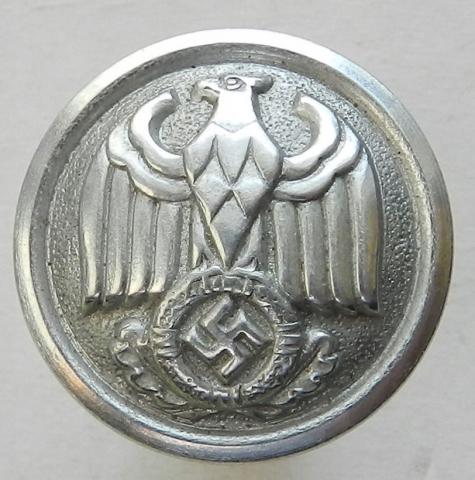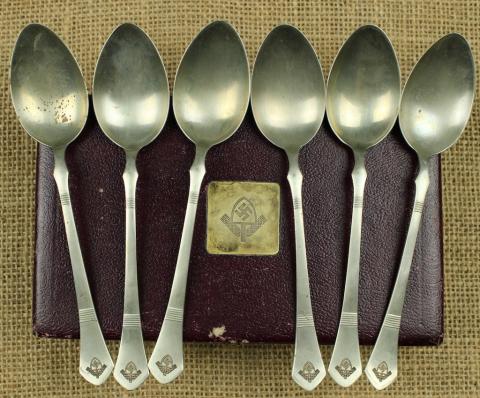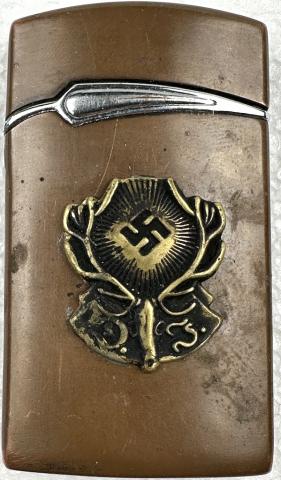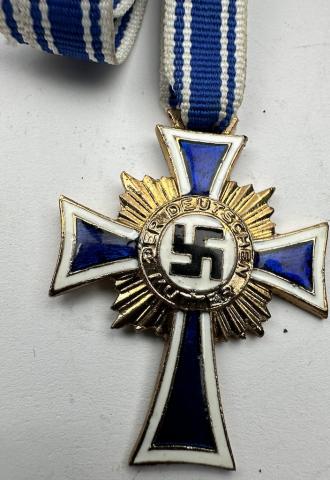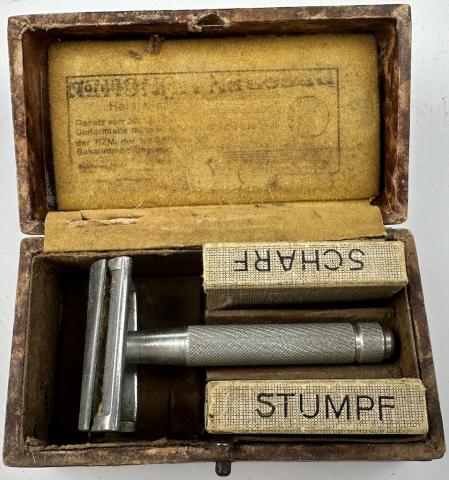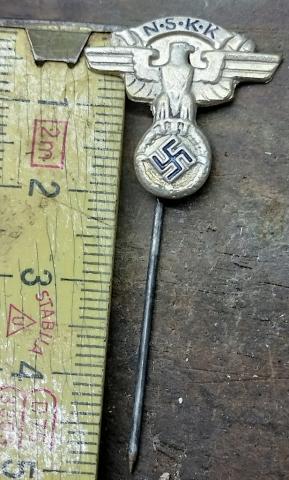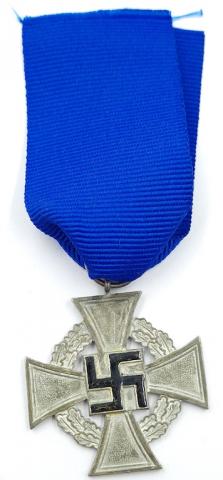RMO button Ostministerium Germanization and extermination of Jews Reich Ministry for the Occupied Eastern Territories
RMO button Ostministerium Germanization and extermination of Jews Reich Ministry for the Occupied Eastern Territories
Product
RMO button Ostministerium Germanization and extermination of Jews Reich Ministry for the Occupied Eastern Territories
The Ostministerium was created by Adolf Hitler shortly after the German invasion of the Soviet Union to control the vast areas captured and projected for capture by the Wehrmacht in the Baltic states, Belarus, Ukraine, and Russia. Two Reichskommissariats were established: Ostland and Ukraine, while two more were planned, Moskowien and Kaukasien, but the Wehrmacht never established firm possession of the areas designated and German civilian control never developed there. The Ostministerium was involved in the development and implementation of Generalplan Ost, which fell under its jurisdiction, along with the Reich Commission for the Consolidation of German Nationhood, the Reich Security Main Office, and the SS Race and Settlement Main Office. It was one of the main agencies that oversaw the Holocaust in the Soviet Union.
